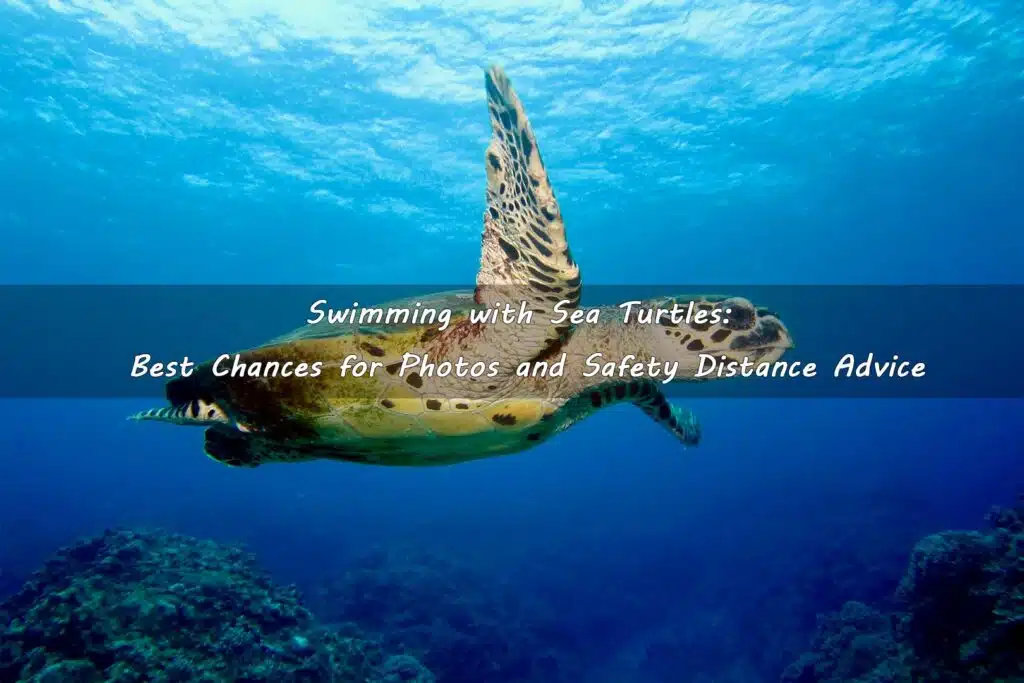Blog
Swimming with Sea Turtles: Best Chances for Photos and Safety Distance Advice
Imagine gliding through crystal-clear blue waters alongside sea turtles of prehistoric elegance, capturing that perfect photo you’ll remember for a lifetime. This dream is within reach, but the secret lies not in pursuit, but in respect. This guide will show you how to safely approach these gentle giants without disturbance and capture stunning, professional-grade photographs.
1. Why Sea Turtles Are Perfect for Underwater Photography
Sea turtles are often called the gentle travelers of the ocean.
They move slowly, show little fear of divers, and rarely change direction abruptly — which makes them ideal subjects for underwater photography. However, “approachable” does not mean “unlimited access.” A good shot comes from respect, not pursuit.
2. The Golden Rules for Interacting with Sea Turtles
Keep a natural distance of 2–3 meters
This is the comfort zone where the turtle still feels safe.
Let the turtle approach you
If you stop chasing and simply remain present, turtles often swim closer out of curiosity.
Never block their path to the surface
Turtles must breathe. Interrupting their ascent can cause panic or physical stress.
Do not touch or hold onto the shell
This removes its natural protective layer and is illegal in many destinations.
Move slowly and quietly
Sharp movements and loud fin kicks scare turtles away faster than you think.
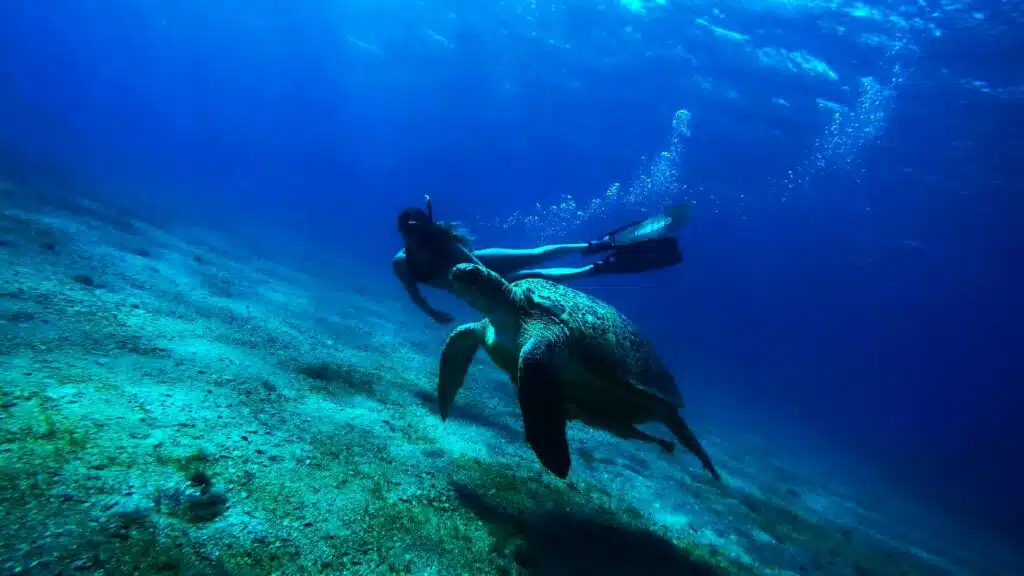
3. The Best Moments to Capture a Turtle on Camera
The most cinematic shots often come from accurately anticipating turtle behavior:
- While feeding on sea grass, ideal for stable, calm framing
- When ascending to breathe, dramatic light beams and graceful silhouettes
- At the start of descent, the most elegant posture with outstretched flippers
Composition tips:
- Shoot from a 45° side angle to emphasize body shape and movement
- Leave “lead space” in the direction the turtle is swimming
- If diving with a buddy, position them behind or beside the turtle for a “human + wildlife” storytelling shot
4. The Best Places to See Sea Turtles in Winter (No Table Version)
Contrary to popular belief, winter is one of the best seasons to see sea turtles. The water tends to be clearer, crowds are smaller, and turtles often stay closer to shallow feeding grounds — ideal for both divers and snorkelers.
Regions like the Maldives offer crystal visibility through the dry season, while the Red Sea (especially Marsa Alam) provides wide sea grass meadows where turtles linger for long feeding sessions.
In Southeast Asia, Balicasag (Philippines) is famous for beginner-friendly turtle encounters in shallow water.
For relaxed “travel + wildlife” style experiences, the Hawaiian Islands (particularly Oahu and Maui) deliver easy near-shore sightings throughout the winter months.
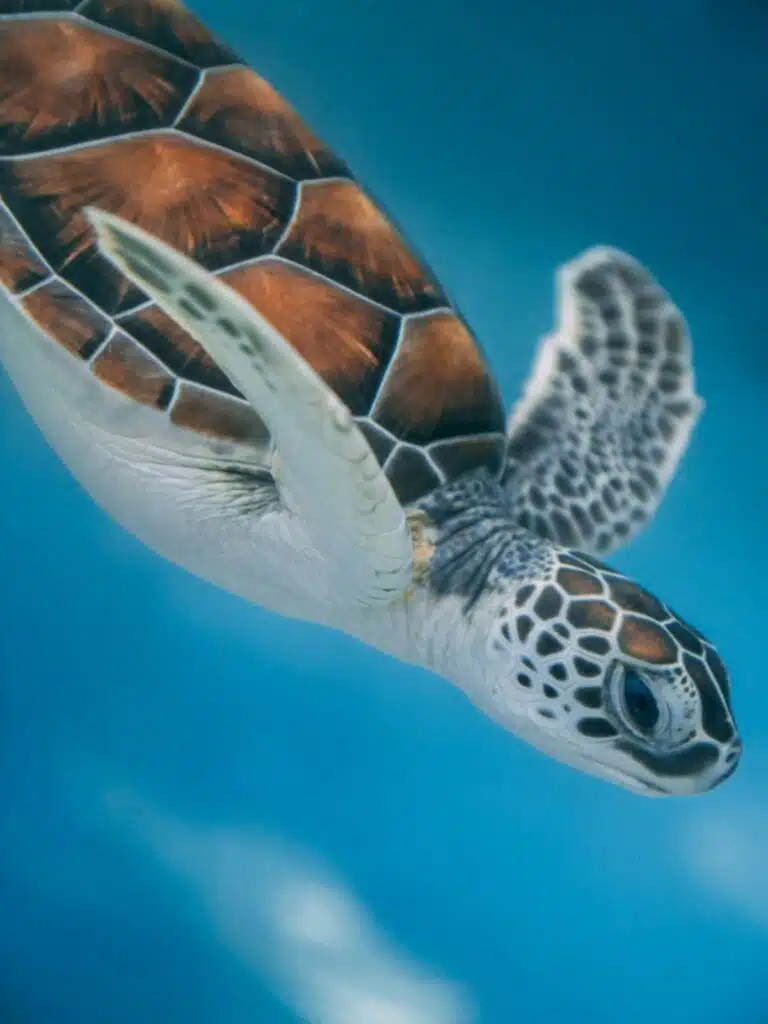
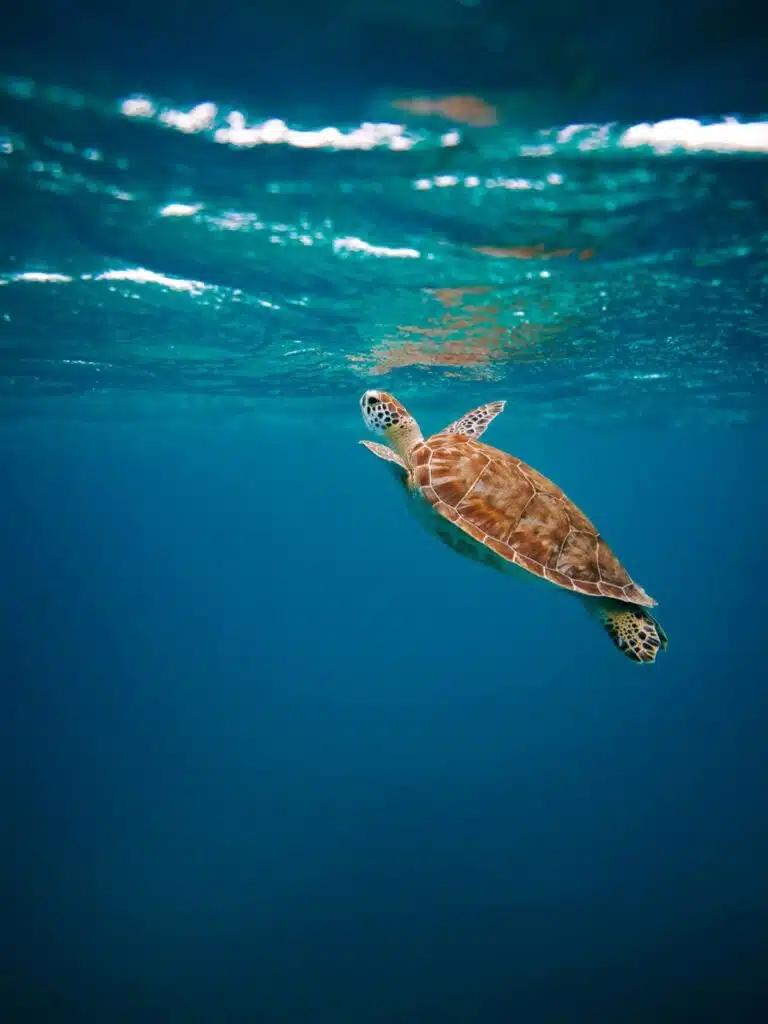
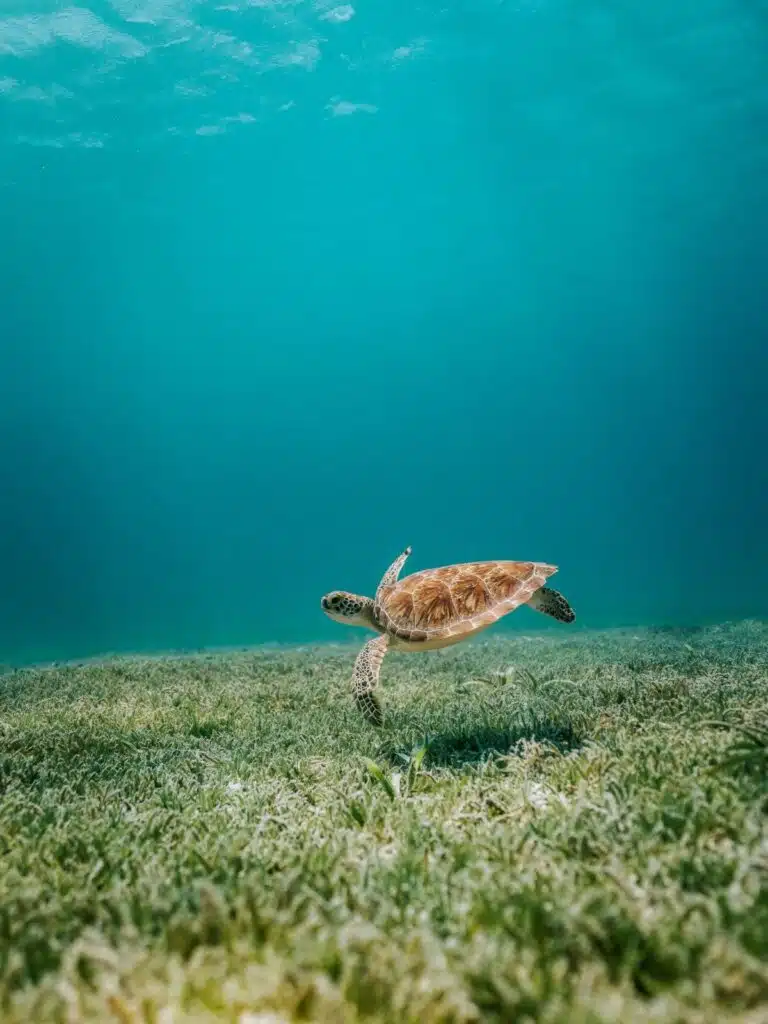
Why winter works so well:
- Clearer water → sharper, more detailed images
- Less tourist pressure → calmer turtle behavior
- Shallow feeding → easy encounters even for snorkelers
- Longer interaction time → more natural footage
These seasonal conditions are also why long-tail keywords such as
Turtle diving in winter, Where to see sea turtles, Best season for turtle photography
See strong search volume in winter and the shoulder seasons.
5. Responsible Turtle Encounters Are the Key to Great Shots
The best wildlife photography always comes from minimal disturbance.
A relaxed turtle is a photogenic turtle — curious, slow-moving, and graceful.
Respect means:
- No chasing
- No touching
- No feeding
- No blocking breathing routes
- No crowding
Your presence should feel like you are visiting their world, not entering their space.
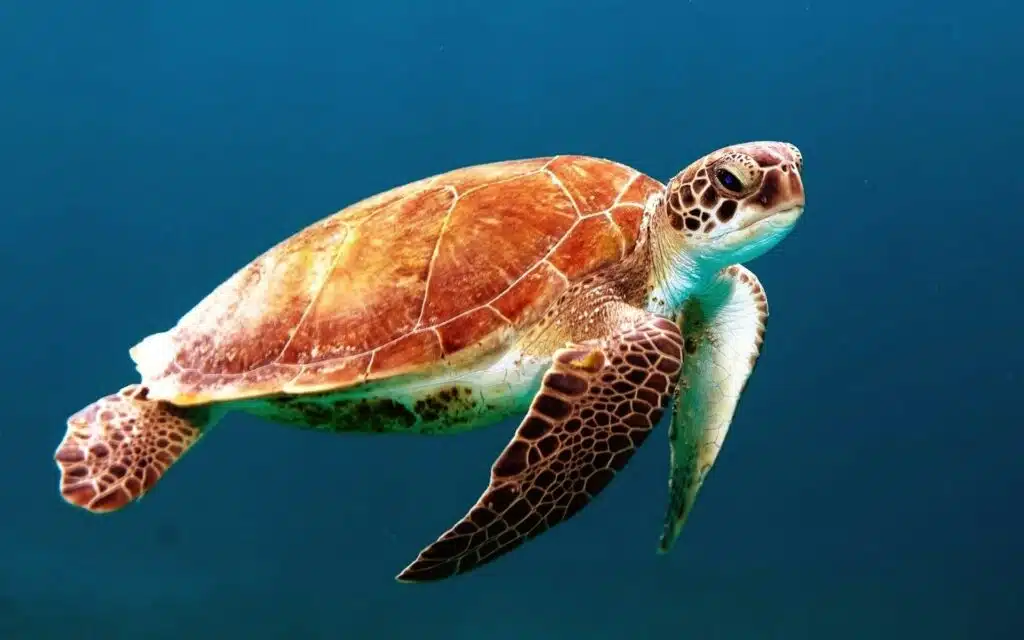
6. Recommended Gear to Improve Your Shooting Experience
To extend your bottom time at comfortable depths without frequent surfacing, lightweight breathing systems or mini scuba tanks can help—without the noise and drag of traditional heavy scuba gear. This improves both comfort and footage stability.
Photography gear recommendations:
Use shutter priority mode to capture dynamic moments
Carry a red filter to compensate for color loss underwater
Consider floatation arms for better underwater handling
Final Thoughts
Swimming with sea turtles isn’t about chasing wildlife—it’s about moving gently to the rhythm of the ocean and letting the turtle decide how close it wants to get.
When you respect their space, they reward you with natural, unguarded moments—the kind of shots every diver remembers for life.
Ready to meet your dream sea turtle? Share this guide with your dive buddies and help spread responsible ocean tourism practices!
Further reading:
《Scuba Diving vs. Freediving: Which Is Right for You?》
《Diving and Ocean Conservation: What Can We Do?》
《Coral Reefs: Magnificent Gardens Under the Sea》
